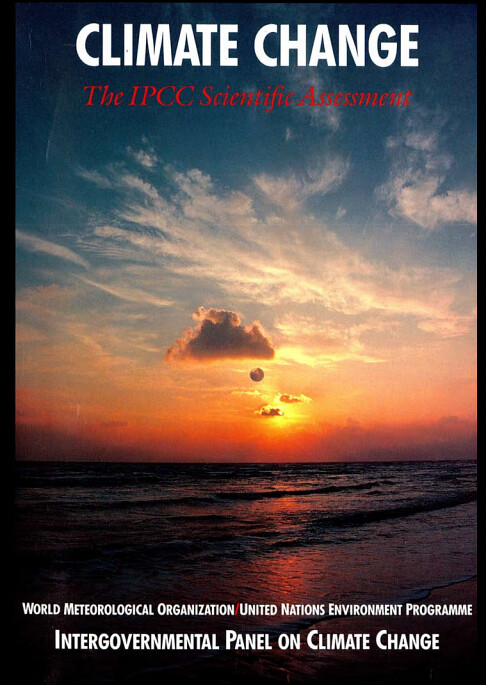1.2.2 Verbal Ambiguity and Numerical Uncertainty
Course subject(s)
Module 1. When and how to use SEJ?
We hope that by now it is clear why uncertainty quantification is imperative.
Consider 2 more scenarios and quantify the uncertainty expressed verbally.
Recall the IPCC links from verbal uncertainty to the likelihood of occurrence
Virtually certain – >99%
Very likely – >90%
Likely- >66%
About as likely as not – 33 to 66%
Unlikely – less than 33%
Very unlikely – less than 10%
Exceptionally unlikely – less than 1%.

“Climate change” by liffranolivier is licensed under CC PDM 1.0
Consider the following comment from researcher Tegmark and Borstrom (2005):
“We have shown that life on our planet is highly unlikely to be annihilated by an exogenous catastrophe during the next 109 years.”
Citation: Tegmark, M., and Bostrom, N. (2005). How unlikely is a doomsday catastrophe? arXiv preprint astro-ph/0512204.
How about this statement from Makortoff (2019), “The Channel Tunnel operator has said a no-deal Brexit is very likely so it warned that annual profits will come in at the lower end of forecasts”, published in the Guardian Daily?

Citation: Makortoff, K. (2019). Channel Tunnel group says no-deal Brexit ‘very likely’.
https://www.theguardian.com/uk-news/2019/jul/23/channel-tunnel-no-deal-brexit-getlink-bookings

Decision Making Under Uncertainty: Introduction to Structured Expert Judgment by TU Delft OpenCourseWare is licensed under a Creative Commons Attribution-NonCommercial-ShareAlike 4.0 International License.
Based on a work at https://online-learning.tudelft.nl/courses/decision-making-under-uncertainty-introduction-to-structured-expert-judgment//.



